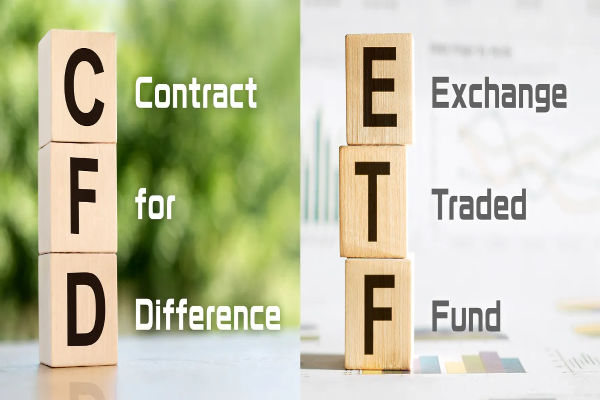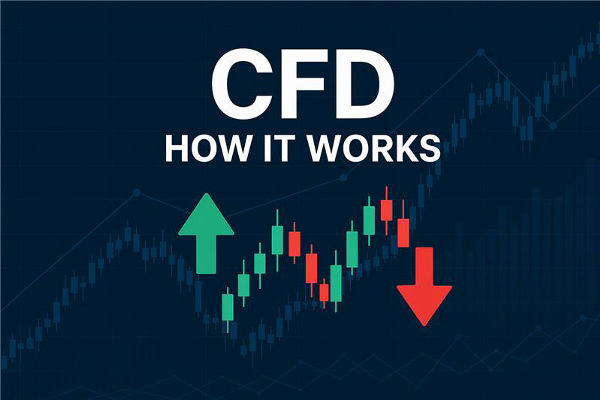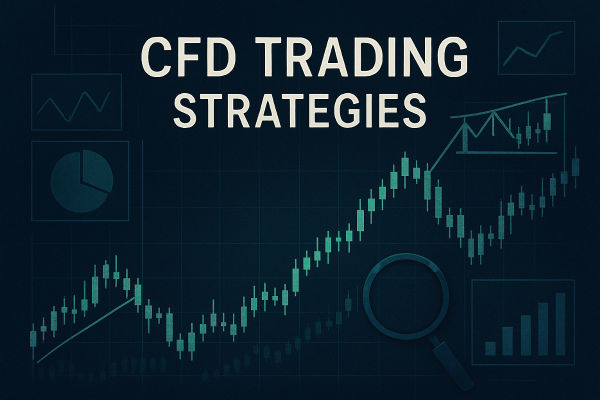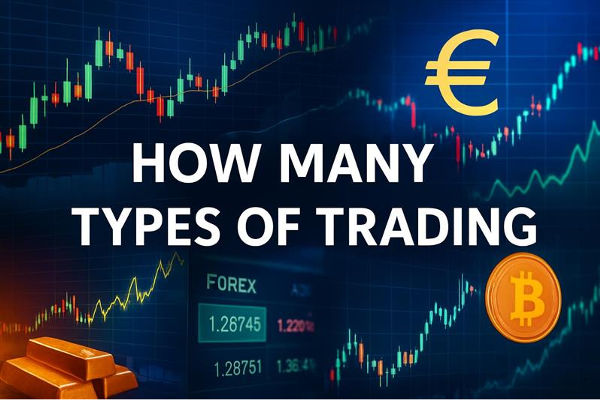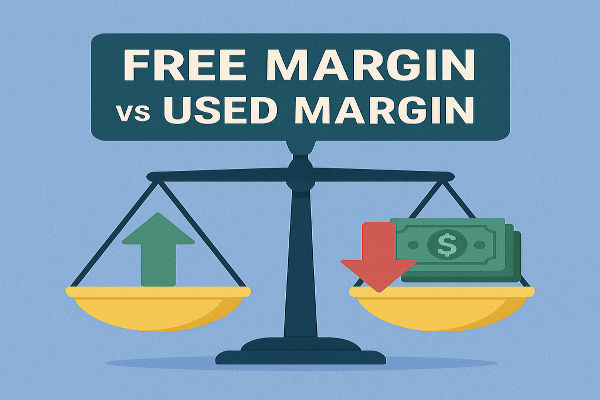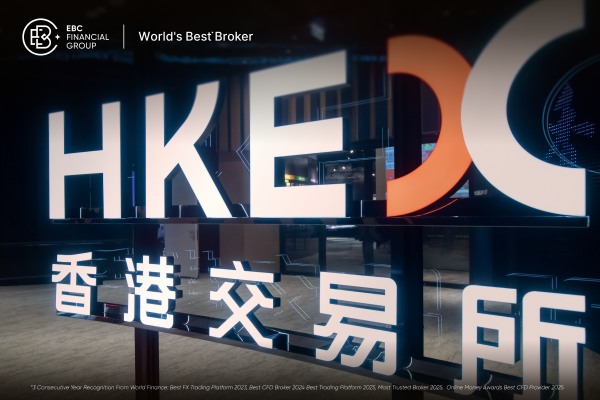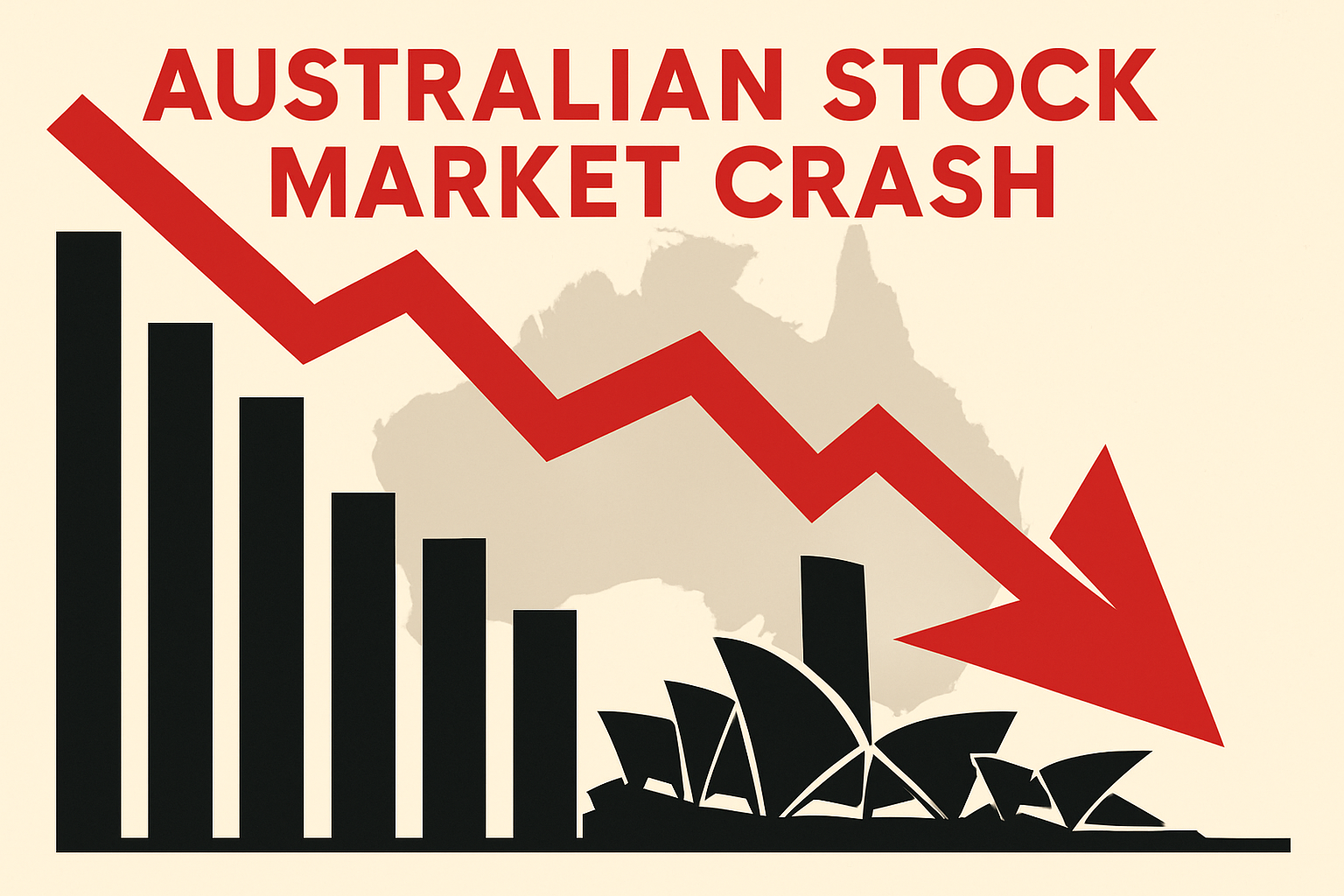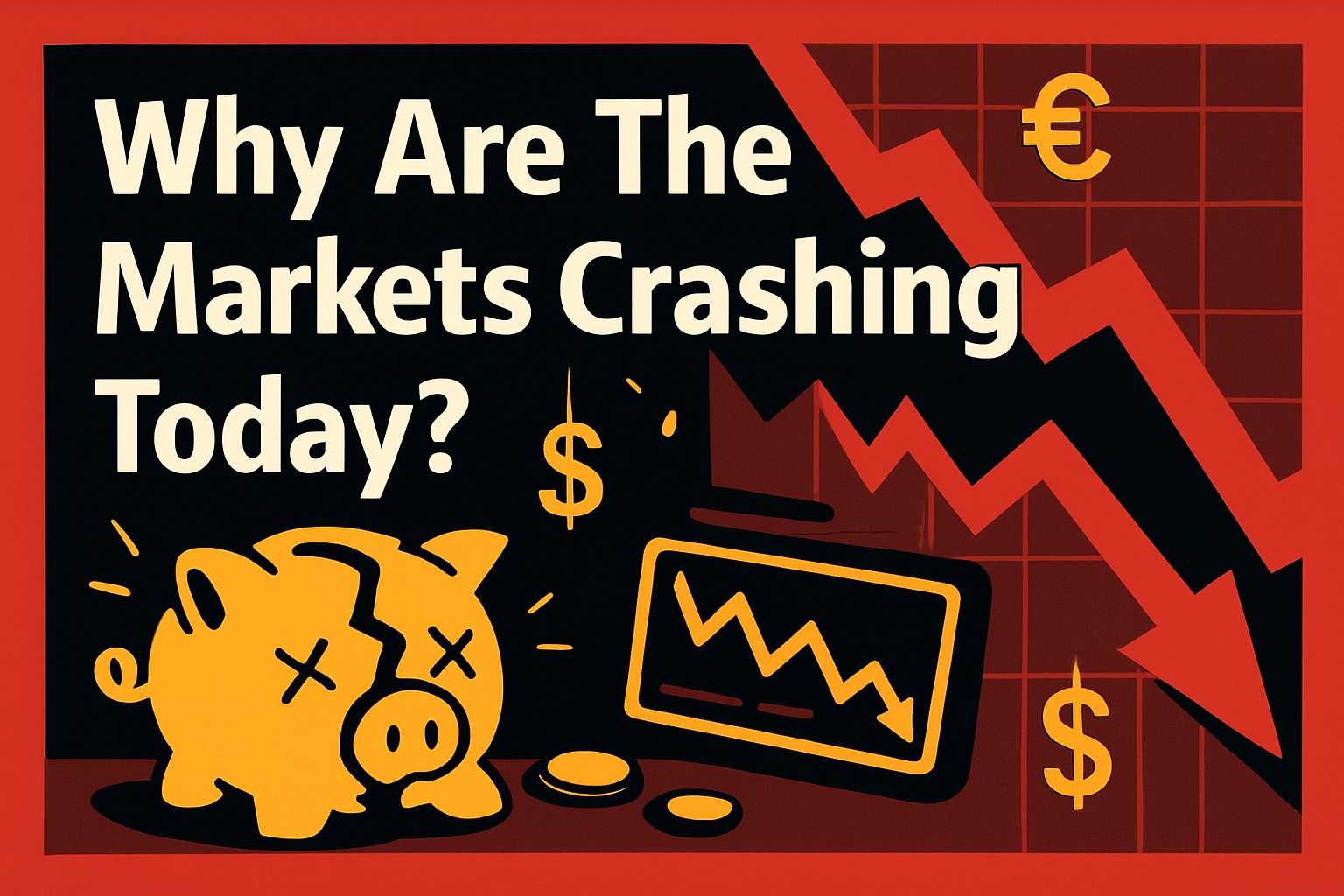Oil is one of the world's most actively traded commodities, and oil CFDs (Contracts for Difference) have become a popular way for traders to access this volatile market.
But what exactly is an oil CFD, how does it work, and why do so many traders choose this instrument? This guide covers the essentials of oil cfd trading, including its mechanics, benefits, and risks, so you can decide if it fits your trading strategy.
What Is an Oil CFD?

An oil CFD is a financial derivative that allows you to speculate on the price movements of crude oil—such as Brent or WTI—without owning the physical commodity.
With a CFD, you enter into a contract with a broker to exchange the difference in the oil price from when you open the position to when you close it. If the price moves in your favour, you profit; if it moves against you, you incur a loss.
How Does Oil CFD Trading Work?
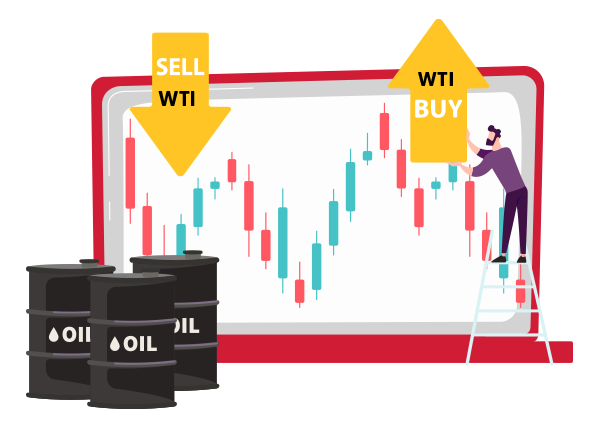
When trading oil CFDs, you can go long (buy) if you believe the price will rise, or go short (sell) if you expect the price to fall. This flexibility allows traders to potentially profit in both rising and falling markets.
Here's a simplified example:
You open a buy (long) CFD on WTI oil at $70 per barrel.
The price rises to $75, and you close your position.
Your profit is the difference: $5 per barrel, multiplied by your contract size.
If the price had fallen to $68, you would have made a loss of $2 per barrel.
Key Features of Oil CFDs
1. Leverage
Oil CFDs are leveraged products, meaning you only need to deposit a fraction of the trade's total value (the margin) to open a position. For example, with 10% margin, a $1,000 position requires just $100 in capital. Leverage can amplify both profits and losses, so risk management is crucial.
2. No Physical Delivery
Unlike futures contracts, oil CFDs do not involve the delivery of physical oil. You're simply speculating on price movements, making it easier and more accessible for retail traders.
3. Go Long or Short
Oil CFDs let you trade both directions. If you expect oil prices to rise, you buy; if you expect a drop, you sell. This is especially useful in volatile markets where prices can swing rapidly.
4. Flexible Contract Sizes
CFDs typically allow for smaller contract sizes than traditional futures, letting you manage risk and exposure more precisely. For example, one CFD contract might represent 10 or 100 barrels, compared to 1,000 barrels for a standard futures contract.
5. Access to Global Oil Markets
Most brokers offer CFDs on major oil benchmarks, such as Brent Crude and West Texas Intermediate (WTI). This gives traders exposure to both international and US oil prices.
Why Do Traders Use Oil CFDs?
Accessibility and Flexibility
Oil CFDs are accessible to individual traders who may not have the capital or experience to trade futures. You can open and close trades online, often with lower minimums and without the complexity of futures markets.
Profit from Volatility
Oil is known for its price swings, driven by supply and demand, geopolitical events, OPEC decisions, and economic data. CFDs let traders quickly react to news and market moves, aiming to profit from both uptrends and downtrends.
Leverage and Capital Efficiency
Leverage allows traders to control larger positions with less capital, increasing potential returns. However, this also magnifies risks, so it's vital to use stop-losses and manage exposure carefully.
Short-Term Trading Opportunities
CFDs are well-suited for short-term trading strategies, such as day trading or swing trading. Traders can enter and exit positions quickly, taking advantage of intraday price movements.
Risks to Consider
Leverage amplifies losses as well as gains. Always use risk management tools, such as stop-loss orders, and never risk more than you can afford to lose.
Oil prices can be highly volatile, especially during major news events, OPEC meetings, or geopolitical tensions.
CFDs are subject to spreads and overnight financing fees, which can impact your profitability over time.
Final Thoughts
Oil CFDs offer a flexible, accessible way to trade the world's most important energy commodity. With the ability to go long or short, use leverage, and trade both Brent and WTI, CFDs appeal to active traders seeking short-term opportunities.
However, the same features that make oil CFDs attractive—leverage and volatility—also increase the risks. Always trade with a clear plan, robust risk management, and a solid understanding of how oil CFDs work.
Disclaimer: This material is for general information purposes only and is not intended as (and should not be considered to be) financial, investment or other advice on which reliance should be placed. No opinion given in the material constitutes a recommendation by EBC or the author that any particular investment, security, transaction or investment strategy is suitable for any specific person.








